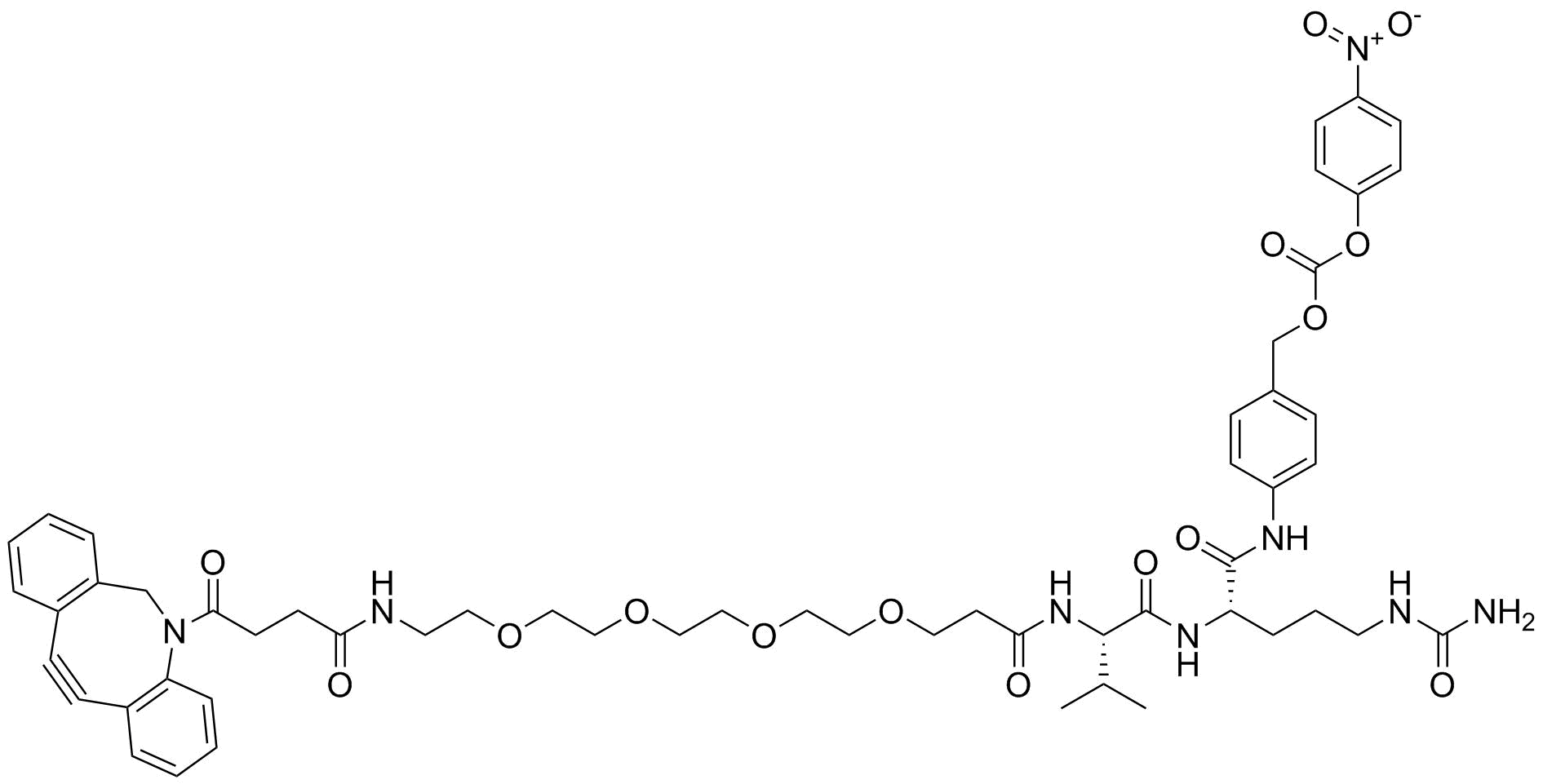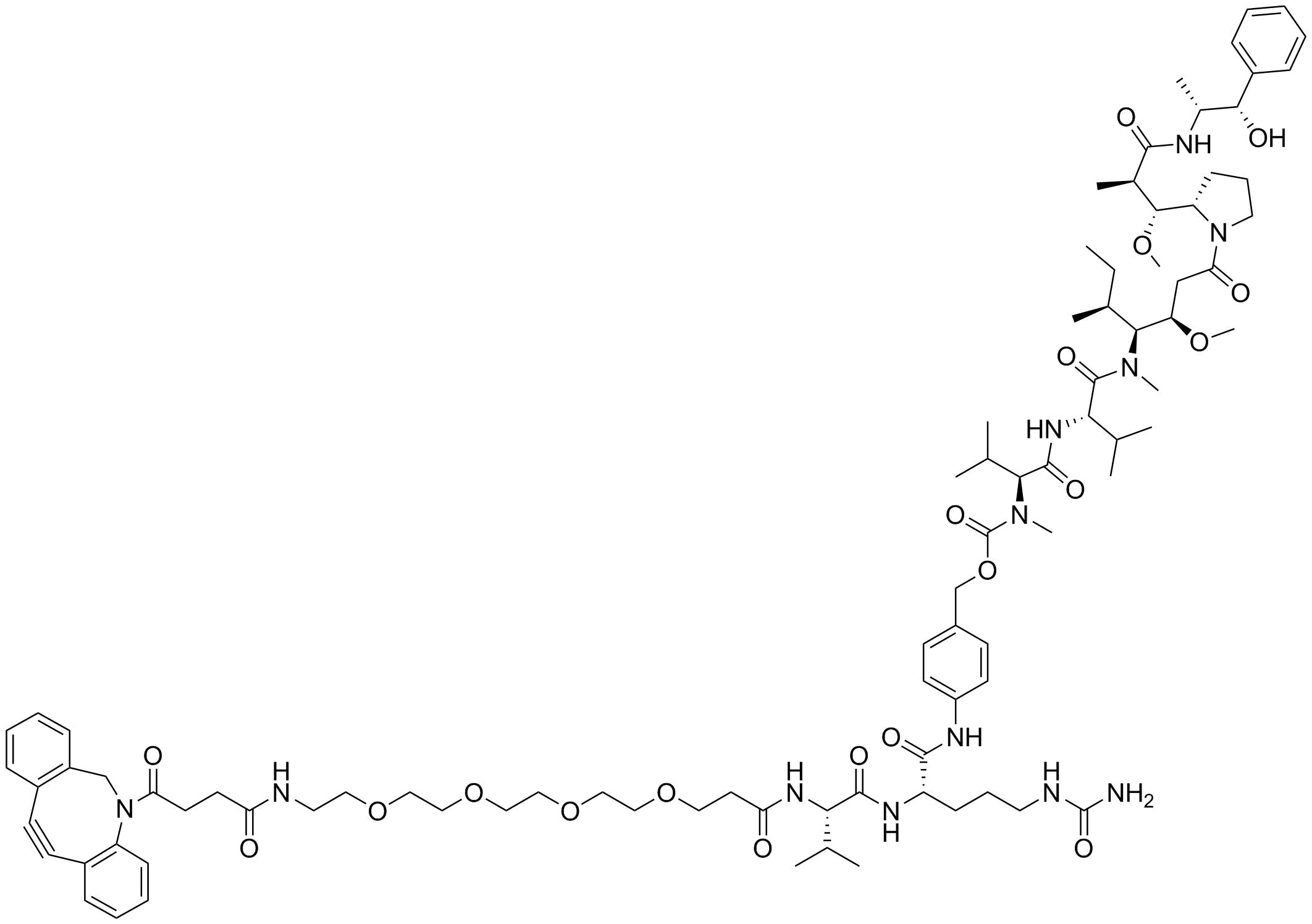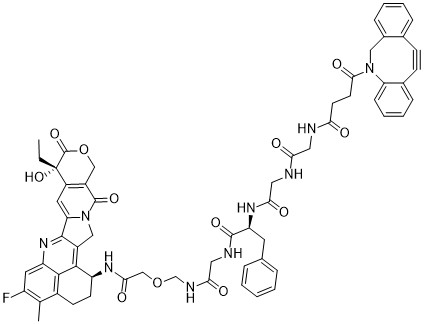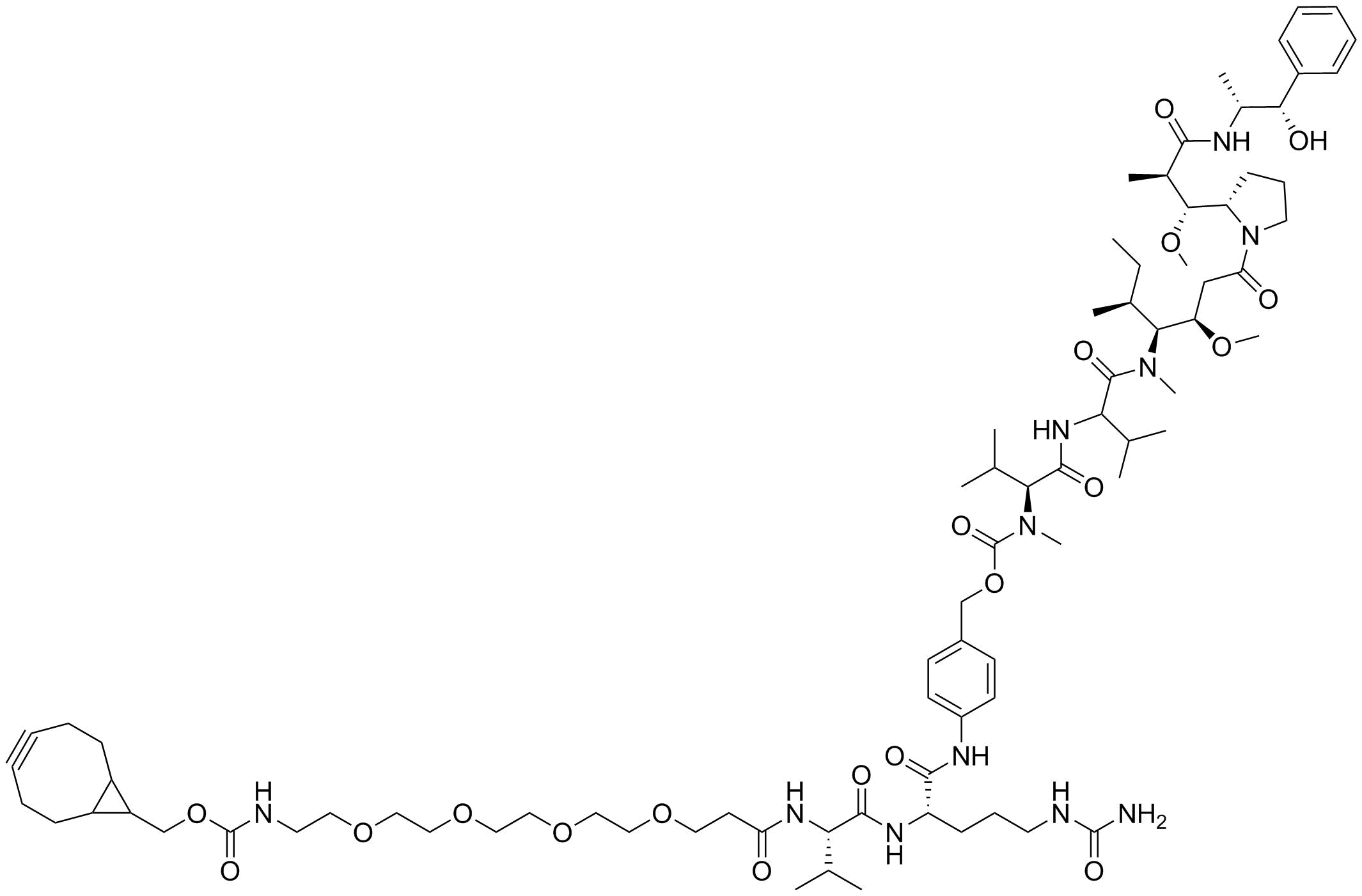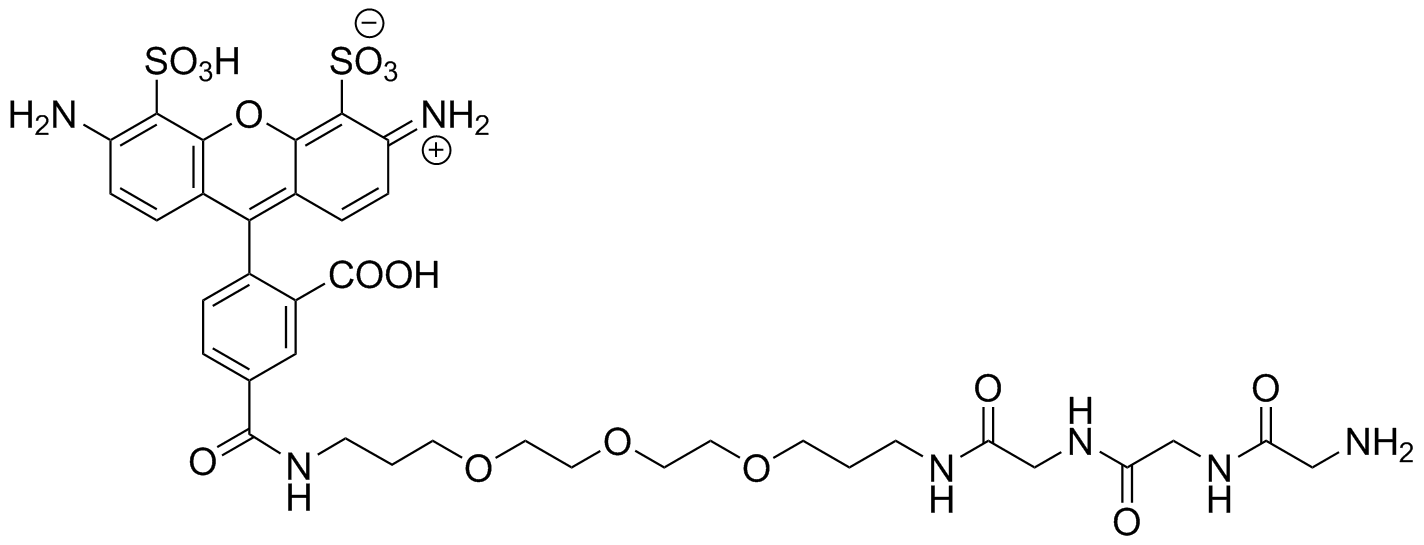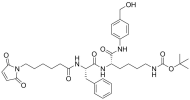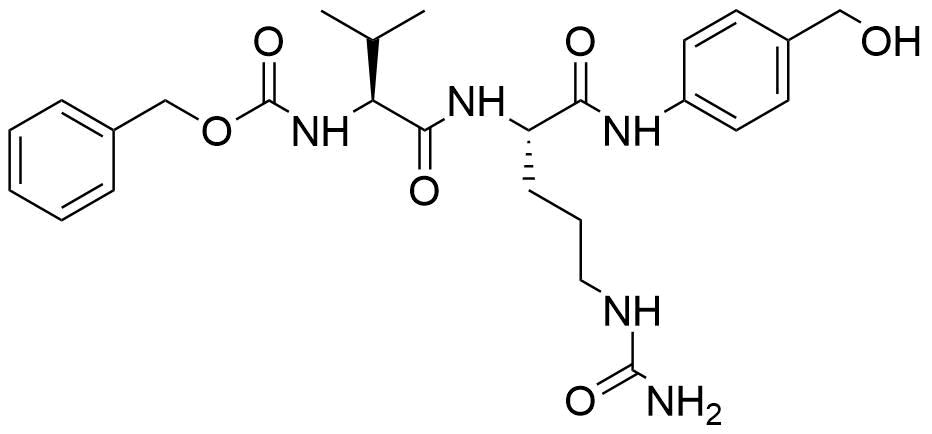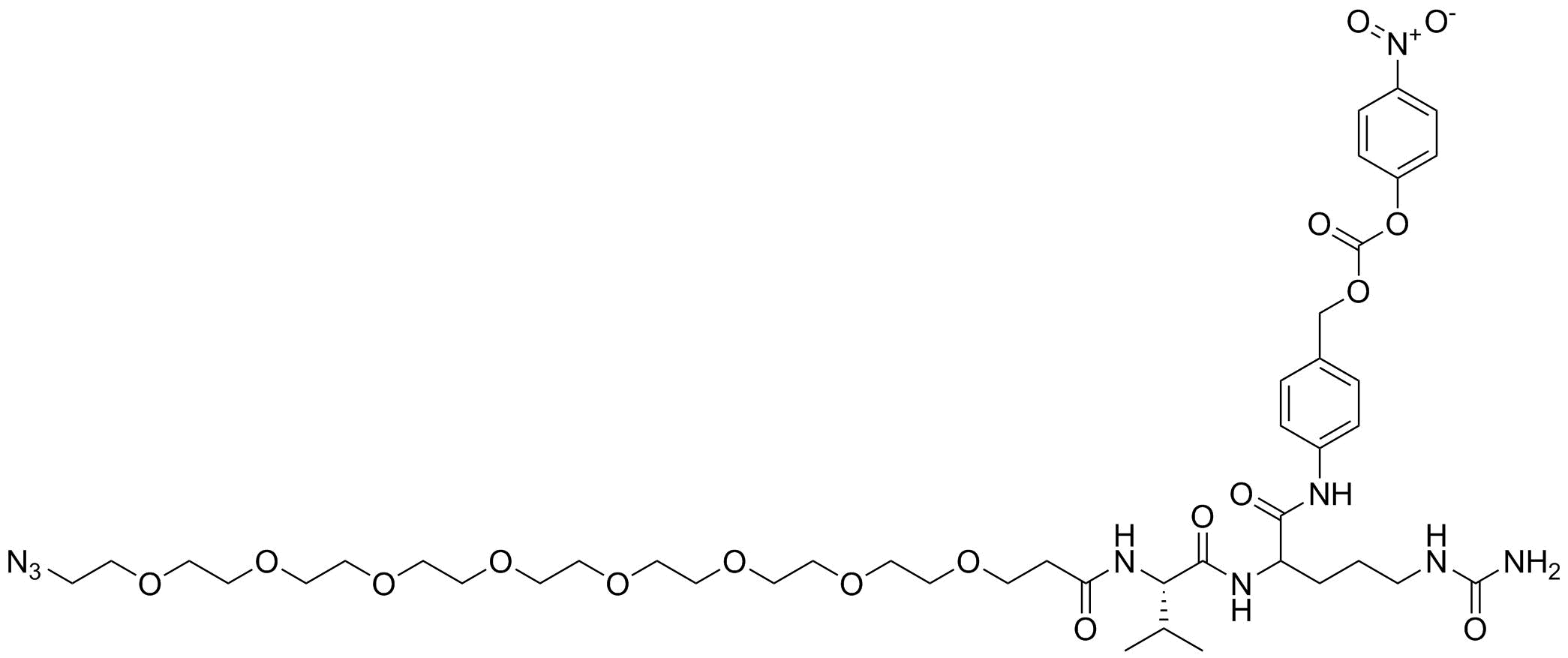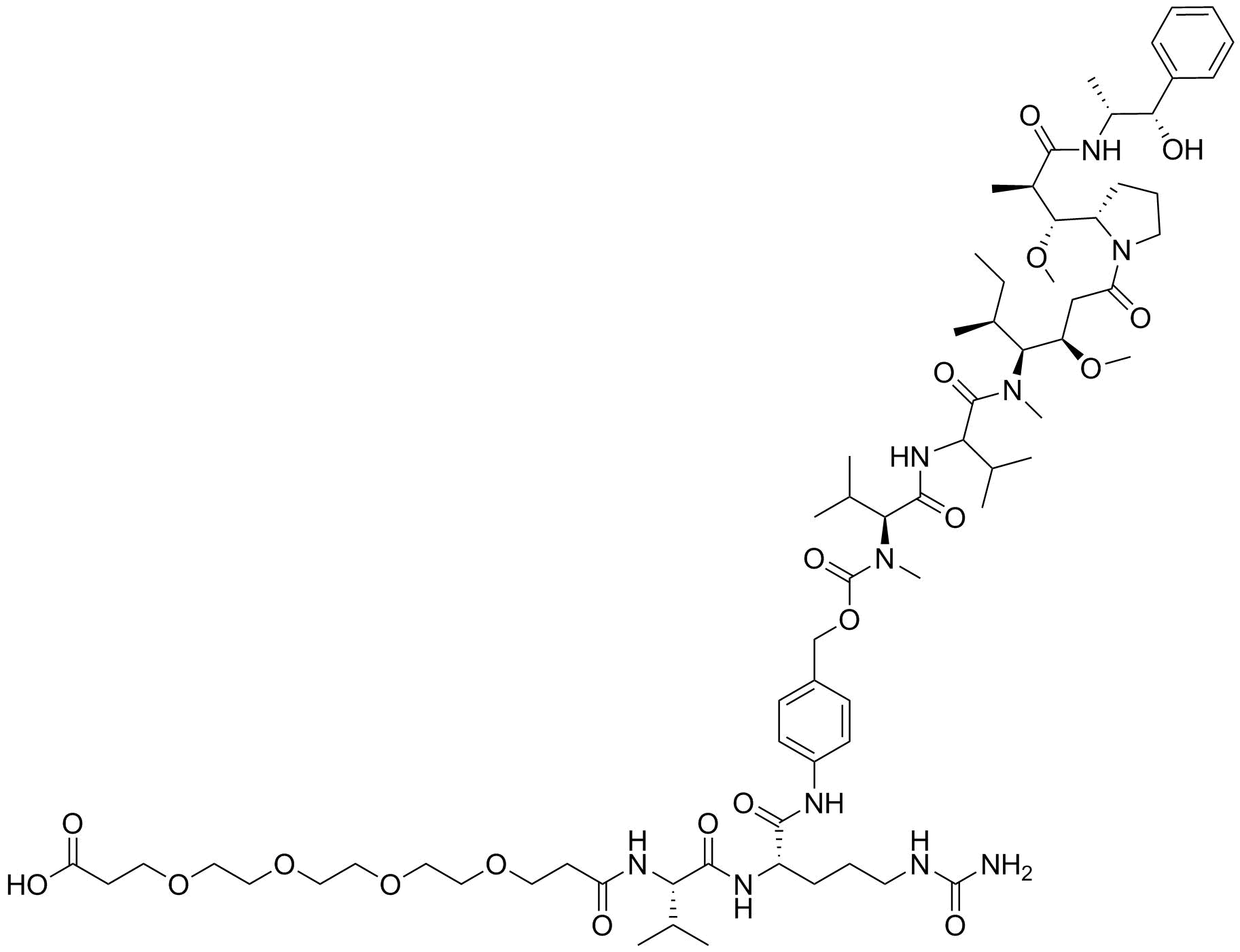Peptide Linkers
Peptide linkers play a crucial role in bioconjugation, protein engineering, and drug development. These short peptide chains connect functional units within or between biomolecules. Their design directly affects the stability, function, and effectiveness of products like fusion proteins and antibody-drug conjugates (ADCs).
Why Peptide Linkers Matter:
- Add Flexibility: They allow connected components to move freely, ensuring proteins or conjugates maintain their activity.
- Prevent Interference: Acting as spacers, they reduce steric hindrance between functional groups, enabling smoother performance.
- Boost Stability and Solubility: Proper linkers enhance solubility and stability, preventing unwanted aggregation.
- Enable Controlled Release: Cleavable linkers release drugs or other payloads at target sites under specific conditions, like enzyme action or pH changes.
- Improve Drug Targeting: In ADCs, they ensure the drug reaches its target without disrupting the antibody’s binding ability.
Types of Peptide Linkers:
- Flexible Linkers: Made from amino acids like glycine and serine, these provide free movement between domains (e.g., (Gly₄Ser)₂).
- Rigid Linkers: These include alpha-helices or beta-sheets that keep domains in a fixed orientation.
- Cleavable Linkers: Designed to break under certain conditions, they control drug release (e.g., Val-Cit, Gly-Phe-Leu-Gly).
- Non-Cleavable Linkers: These form permanent, stable connections.
- PEG-Peptide Linkers: Combining PEG with peptides, they offer better solubility and controlled connections, commonly used in ADCs.































